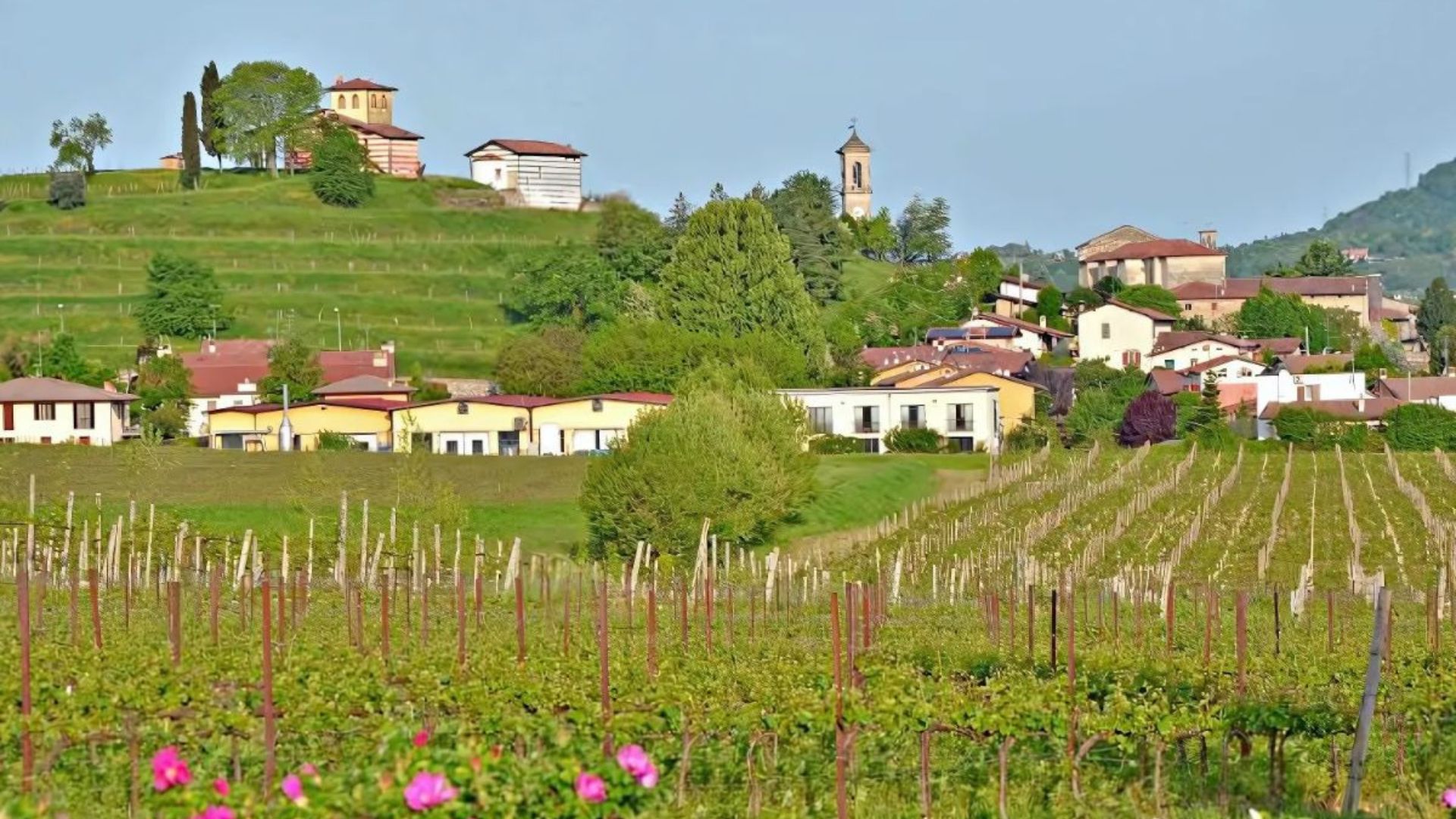When I first visited the rolling hills of Lombardy, I discovered Franciacorta – Italy’s best-kept secret in the world of sparkling wines. This elegant bubbly from northern Italy offers a refined alternative to its famous French cousin.
Franciacorta is widely acknowledged as Italy’s premier sparkling wine, crafted with the same traditional method used for Champagne but expressing its own unique Italian character.
The Origins and Legacy of Franciacorta
Franciacorta‘s journey from a quiet region in Lombardy to Italy’s premier sparkling wine producer spans decades of innovation and tradition. The area’s unique geography and climate created the perfect conditions for winemakers to craft exceptional sparkling wines that rival their French counterparts.
A Brief History
Franciacorta’s sparkling wine story began in the late 1950s when the Berlucchi family decided to create a Champagne-style wine in the Lombardy region. Their experiment was remarkably successful and set the foundation for what would become Italy’s most prestigious sparkling wine.
The region gained official recognition quickly. In 1967, Franciacorta received DOC (Denominazione di Origine Controllata) status, and by 1995, it earned the coveted DOCG designation (Denominazione di Origine Controllata e Garantita).
What makes this achievement remarkable is how young Franciacorta is compared to Champagne. While the French region has centuries of history, Franciacorta built its reputation in just a few decades.
The vineyards stretch across the gentle hills near Brescia, where the unique microclimate and soil composition provide ideal growing conditions for the primary grapes: Chardonnay, Pinot Nero (Pinot Noir), and Pinot Bianco.
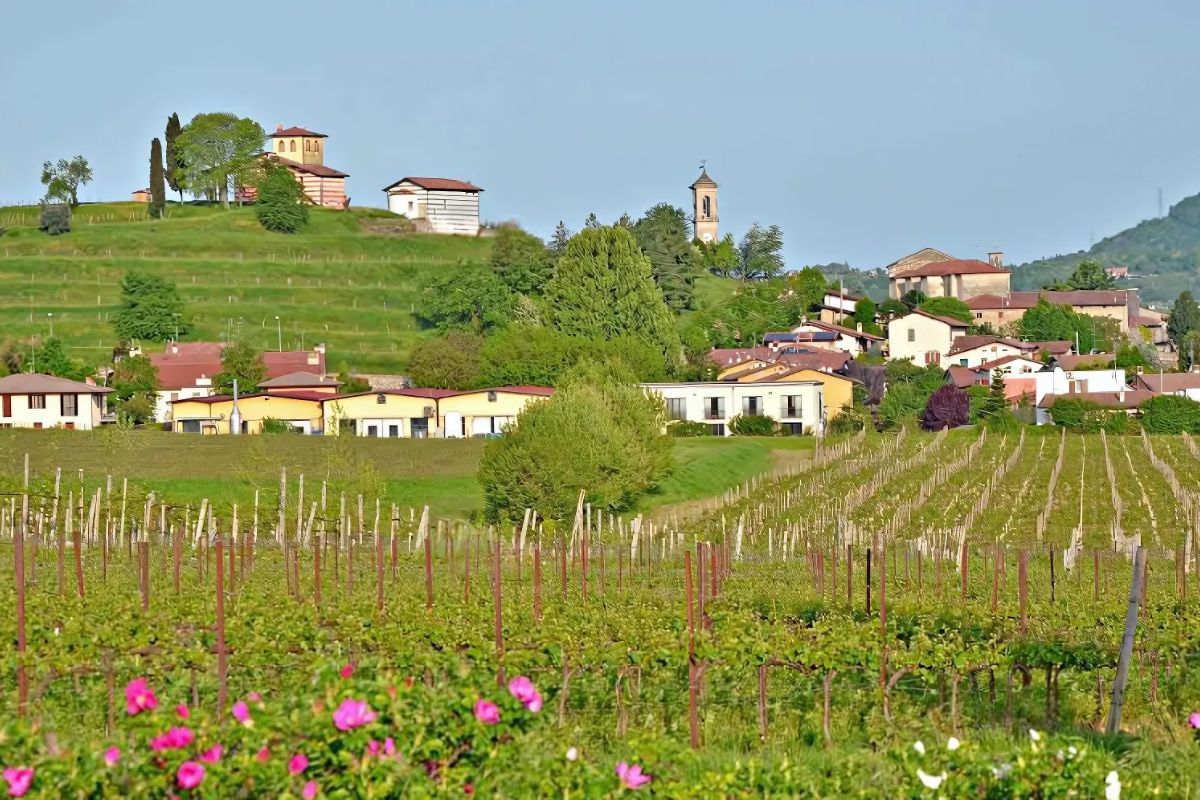
Comparing Franciacorta and Champagne
When I first tasted Franciacorta alongside Champagne, I was struck by their similarities and differences. Both use the traditional method (metodo classico in Italian) with secondary fermentation occurring in the bottle.
The grape varieties are nearly identical too. Franciacorta primarily uses Chardonnay and Pinot Noir (called Pinot Nero in Italy), just like Champagne. However, Franciacorta allows Pinot Bianco instead of Champagne’s Pinot Meunier as its third grape.
Climate and soil create notable distinctions between these sparkling wines. Franciacorta’s warmer climate produces riper grapes, resulting in wines with:
- Fuller body
- More pronounced fruit flavors
- Less acidity than Champagne
Production requirements in Franciacorta are stricter than in Champagne. Franciacorta requires longer aging on the lees—a minimum of 18 months for non-vintage wines compared to Champagne’s 15 months.
This meticulous attention to quality has helped establish Franciacorta as Italy’s answer to Champagne, earning respect from wine enthusiasts worldwide.
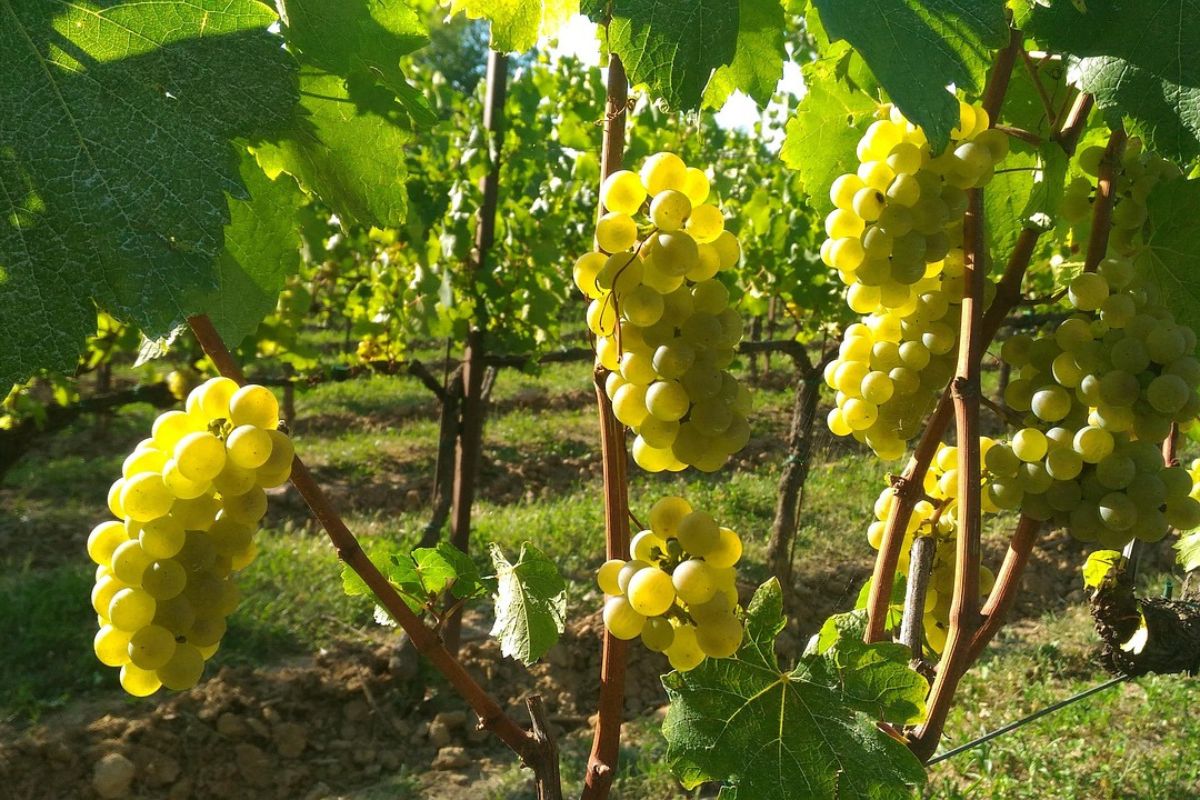
Winemaking Techniques and Terroir
The magic of Franciacorta lies in its meticulous production methods and the special landscape that nurtures its grapes. The combination creates a sparkling wine that rivals Champagne while maintaining its distinctly Italian character.
Traditional Method Explained
Franciacorta follows the same “traditional method” used in Champagne production, known locally as “metodo classico.” I’ve seen firsthand how this labor-intensive process yields incredible results.
The winemakers first create a still base wine, then add yeast and sugar for a second fermentation that happens inside each bottle.
What makes this method special is the extended aging on the lees (dead yeast cells). Most Franciacorta wines must age for at least 18 months, while vintage varieties require 30 months or more. This aging gives the wine its complex flavors and those tiny, persistent bubbles I love.
The final steps include riddling (rotating) the bottles and disgorging to remove sediment before corking. It’s a time-consuming process that reflects the region’s commitment to quality.
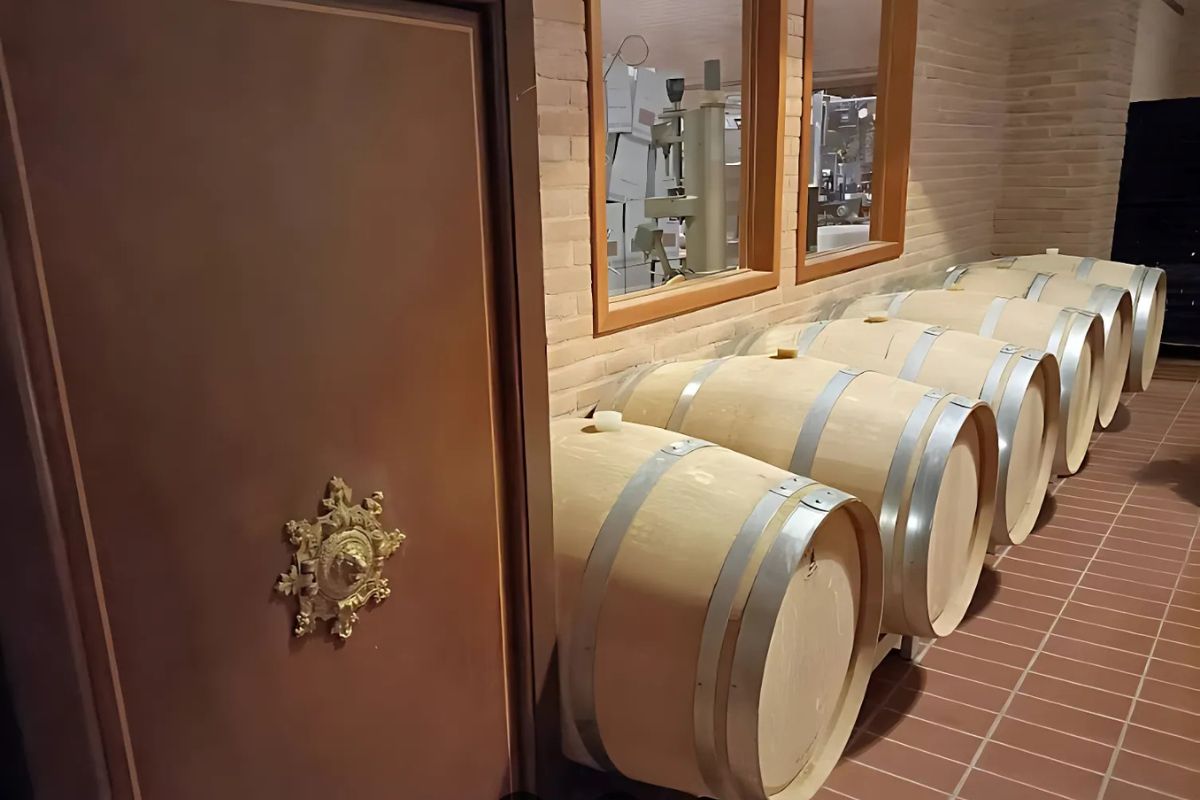
The Unique Terroir of Lombardy
Franciacorta’s terroir in Lombardy is truly special. The vineyards stretch across the Province of Brescia in a glacial amphitheater between Lake Iseo and the city of Brescia.
I’ve walked these vineyards and felt how the microclimate benefits from the lake’s moderating influence. Lake Iseo helps maintain balanced temperatures, protecting vines from both extreme cold and heat.
The soil here tells an ancient story – mainly morainic in origin, formed by retreating glaciers. It’s a mix of gravel, sand, and clay that provides excellent drainage while retaining enough moisture.
This diverse soil composition creates interesting variations across the region. Some areas feature more limestone, others more clay, allowing winemakers to create complex blends from different vineyard sites.
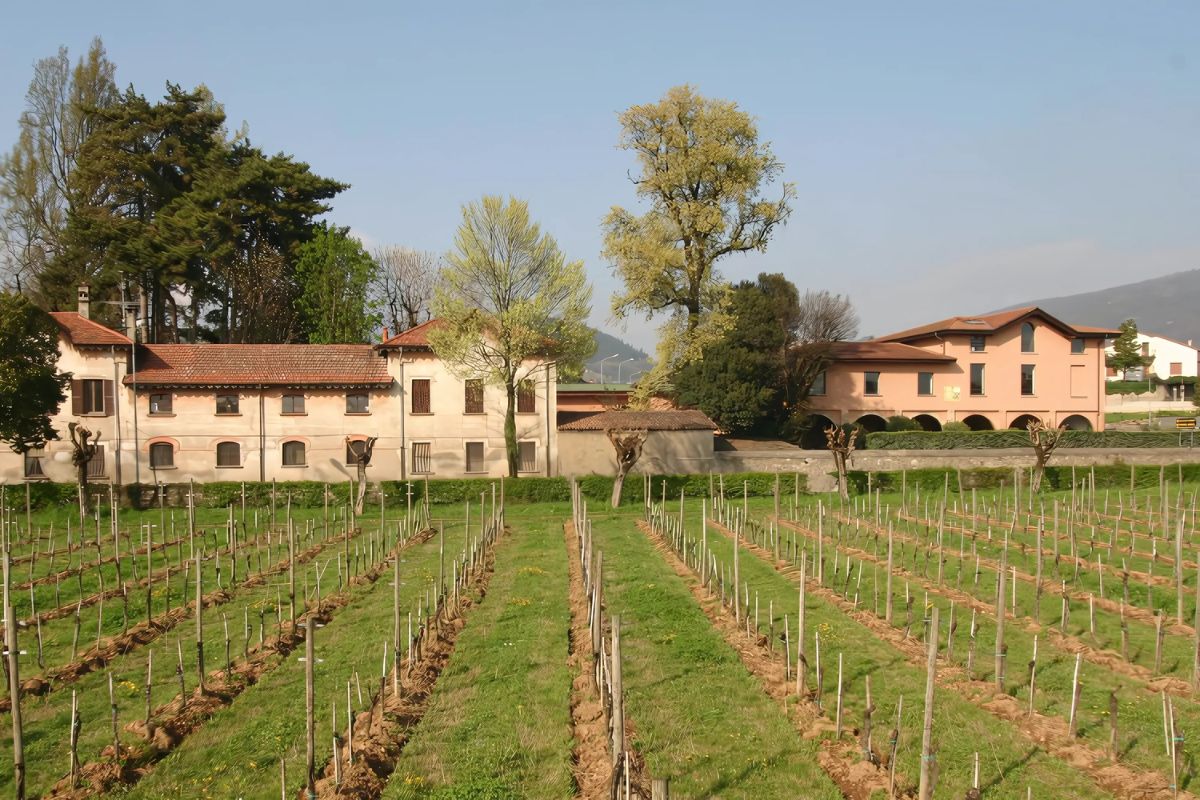
The Role of the Secondary Fermentation
The secondary fermentation is where Franciacorta truly becomes special. After the base wine is bottled with a mixture of sugar and yeast (called the “liqueur de tirage”), magic happens.
The yeast consumes the sugar, creating carbon dioxide that has nowhere to escape in the sealed bottle. This is how those beautiful bubbles form – trapped naturally in the wine!
During this process, the yeast also imparts distinctive flavors: brioche, nuts, and subtle baking spices that complement the fruit notes. The longer the wine ages with the lees, the more complex these flavors become.
Franciacorta regulations require specific minimum aging periods:
- Non-vintage: 18 months
- Vintage (Millesimato): 30 months
- Riserva: 60 months
These extended aging requirements exceed even those of Champagne, showing the region’s dedication to creating truly exceptional sparkling wines.
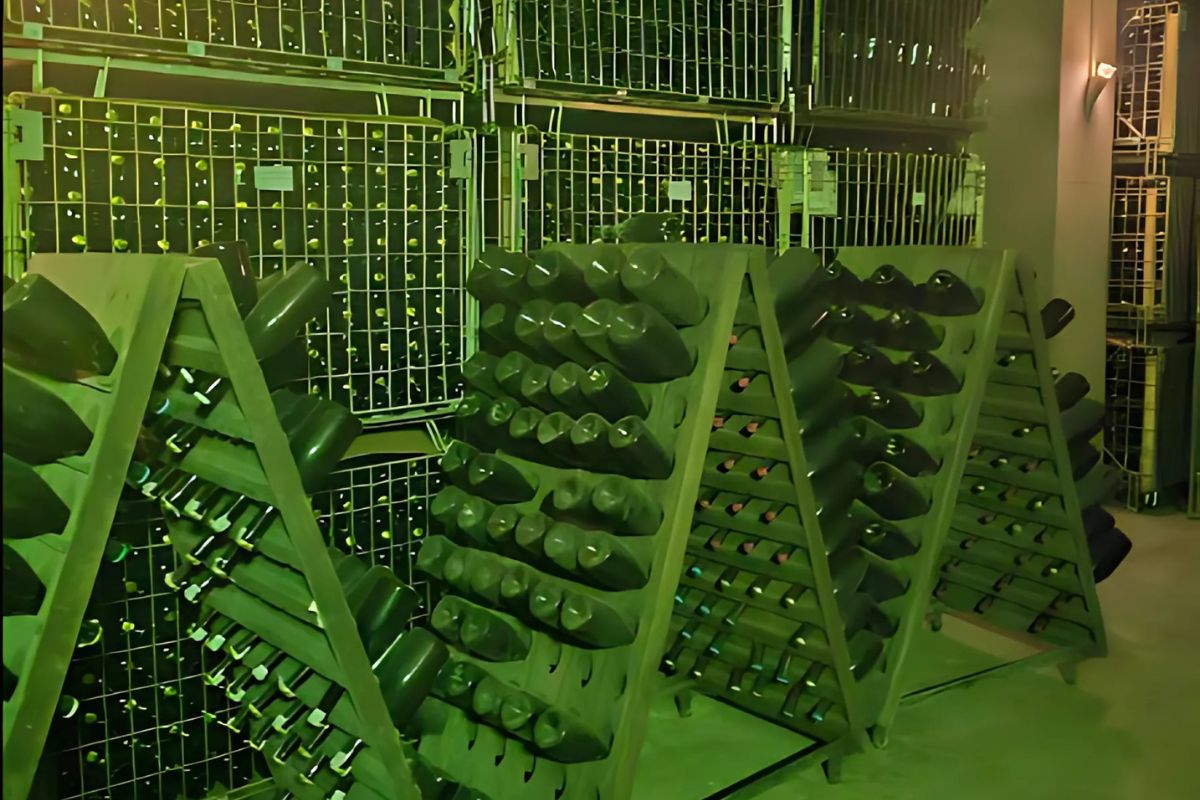
Franciacorta Varietals and Styles
Franciacorta showcases a remarkable range of grape varieties and styles, each contributing to its reputation as Italy’s premium sparkling wine. The region’s winemakers have perfected various expressions that highlight both traditional methods and unique local character.
Chardonnay and Pinot Noir Dominance
When I visited Franciacorta’s rolling vineyards, I discovered that Chardonnay stands as the backbone of most blends. This versatile grape contributes elegant floral notes and crisp acidity to the wines. Chardonnay typically makes up 50-80% of most Franciacorta blends, providing structure and finesse.
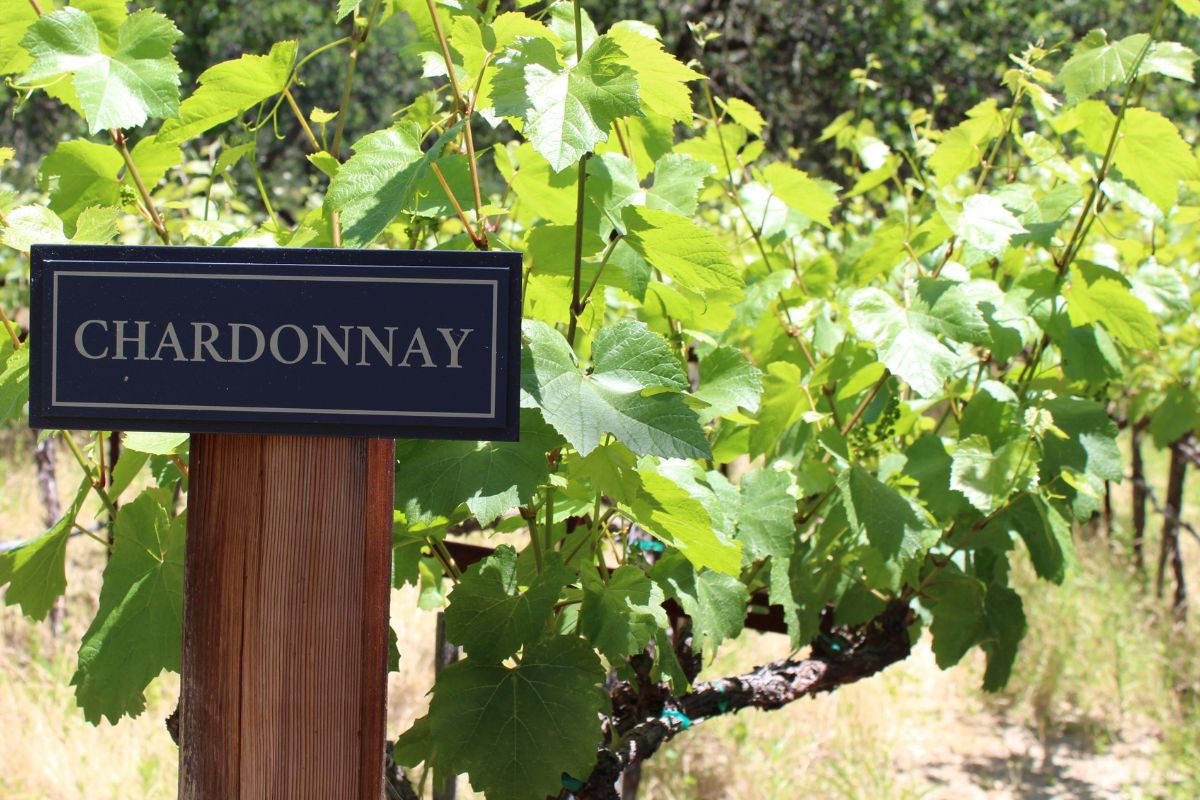
Pinot Noir (locally called Pinot Nero) adds body, complexity, and red fruit characteristics. I found it fascinating how the winemakers use it to create depth and richness in their sparkling wines. Some producers craft exceptional Blanc de Noirs using 100% Pinot Noir.
Pinot Bianco rounds out the classic trio of permitted grapes, though it plays a supporting role. It can comprise up to 50% of blends, adding subtle fruit flavors and helping balance the final wine.

The Creamy Saten and Crisp Brut
Franciacorta Brut represents the region’s flagship style. During my tastings, I noticed its remarkable balance of bright acidity and complex flavors. Most Brut versions contain less than 12 g/L of residual sugar, creating a dry, refreshing profile with fine, persistent bubbles.
Saten, my favorite style, is uniquely Italian. Made primarily from Chardonnay (at least 50%), it undergoes lower pressure fermentation, resulting in a creamier, more delicate mousse. The bubbles feel silkier on the palate.
Franciacorta Style Comparison:
- Brut: Crisp, vibrant, versatile
- Saten: Creamy, soft, elegant
Diversity Beyond Franciacorta Brut
The region’s innovation extends to several other captivating styles. Extra Brut and Zero Dosage (no added sugar) showcase Franciacorta’s ability to produce bone-dry expressions with remarkable purity and minerality.
Rosé Franciacorta incorporates more Pinot Noir, creating beautiful pink hues and strawberry notes. I’ve found these pairs wonderfully with a wider range of foods than you might expect.
Vintage or “Millesimato” bottlings represent exceptional years, with at least 85% of grapes from a single harvest. These age-worthy wines develop remarkable complexity over time.
Riserva versions require extended aging (minimum 60 months) and reveal incredible depth with brioche, hazelnut, and honey notes developing beautifully. The patience required is richly rewarded in the glass.
The Producers and the Craft
The heart of Franciacorta’s excellence lies in its dedicated producers and meticulous winemaking techniques. The region’s top vineyards combine traditional methods with modern innovation to create Italy’s finest sparkling wines.
Iconic Vineyards: From Bellavista to Antica Fratta
Berlucchi stands as the pioneer of modern Franciacorta, creating the first sparkling wine to bear the region’s name in the late 1950s. Their groundbreaking work in the early 1960s established the foundation for what would become Italy’s premier sparkling wine region.
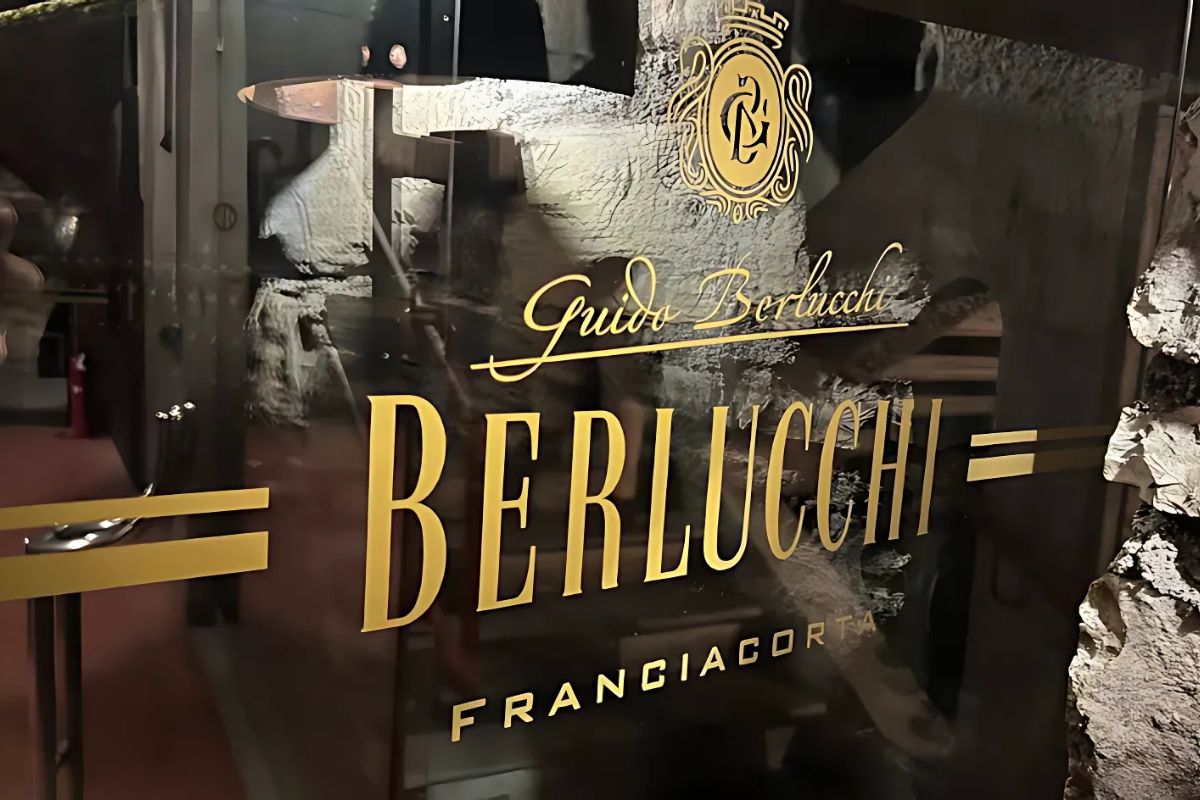
Bellavista, another standout producer, has earned international acclaim for its elegant bottles that showcase the region’s potential. I was amazed by their attention to detail when I visited their hillside estate last summer.
Antica Fratta represents the perfect balance of tradition and innovation. Their historic cellars house some of the most meticulously crafted bottles in the DOCG region. The limited production ensures quality over quantity.
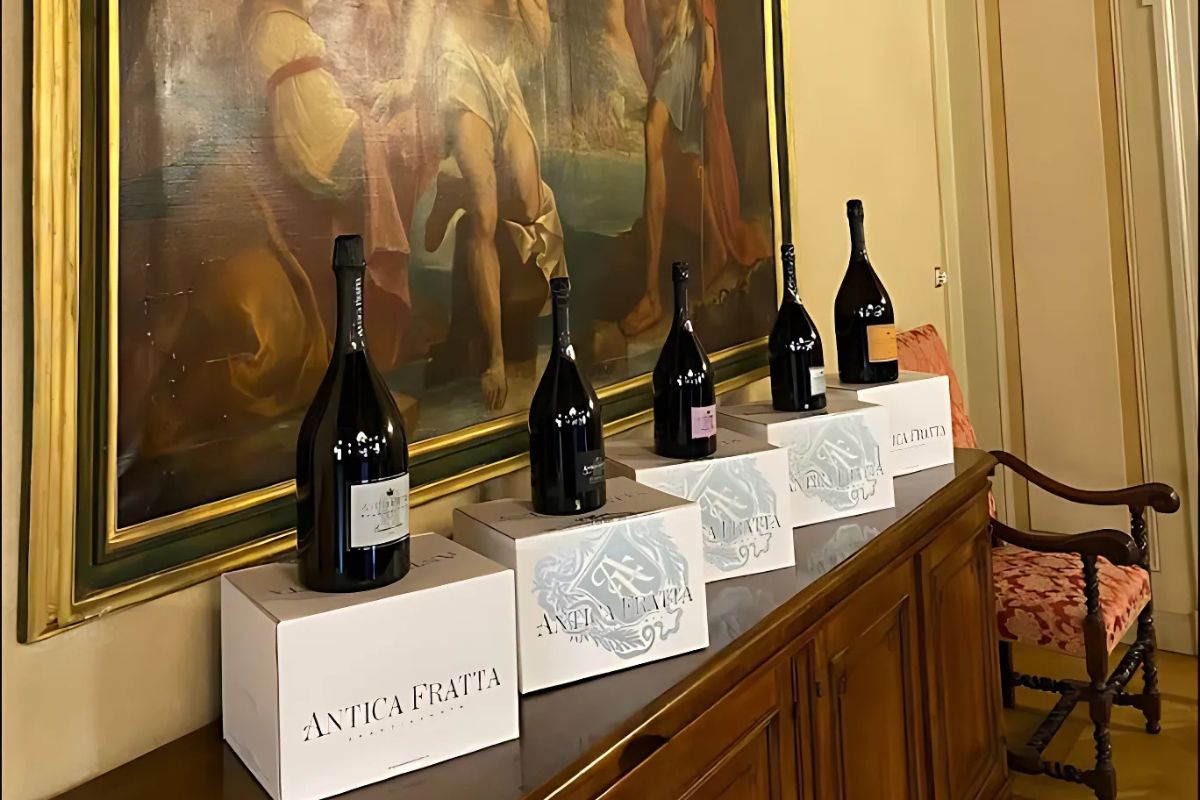
The Artisanal Nature of Franciacorta Winemaking
What sets Franciacorta apart is its commitment to the Metodo Classico method—the same traditional technique used in Champagne. Each bottle undergoes secondary fermentation individually rather than in large tanks.
The producers focus primarily on Chardonnay grapes, often blended with Pinot Noir and sometimes Pinot Blanc. This blend creates the distinctive flavor profile that has earned these wines their prestigious DOCG status.
Most Franciacorta wines require at least 18 months of aging on the lees, with vintage varieties often aging 30 months or more. I’ve found this extended contact creates a remarkable complexity and those delicate bread notes I love.
The effervescence in these bottles is notably fine and persistent—a hallmark of quality that immediately distinguishes them from mass-produced sparkling wines.
Tasting Notes and Food Pairings
When I sip a glass of Franciacorta, I’m always struck by its complex flavor profile and remarkable versatility with food. These Italian sparklers offer a delightful sensory experience that rivals their French counterparts.
Decoding Flavors: Citrus to Toasted Almonds
The flavor profile of Franciacorta is truly captivating. I’ve found these sparkling wines typically showcase bright, playful acidity with rich notes of lemon and other citrus fruits. Apple and pear flavors often come through clearly on the palate.
What sets Franciacorta apart is its secondary characteristics. The traditional method of aging creates delightful hints of brioche, toast, and yeast. I particularly enjoy the subtle almond notes that develop, along with pastry and biscuit flavors that add complexity.
The wine’s creamy mousse (the bubbles’ texture) feels luxurious in the mouth. I’ve noticed that Franciacorta’s warmer growing region, compared to Champagne, influences the wine’s flavor profile and acidity structure.
Pairing Franciacorta with Italian Cuisine
I’ve discovered that Franciacorta’s versatility makes it an exceptional companion to a wide range of dishes. These clean, elegant sparklers shine particularly with Northern Italian cuisine.
My favorite pairings include:
- Seafood: Smoked salmon and crispy calamari bring out the wine’s citrus notes
- Cheese: A varied cheese platter with both creamy and aged options
- Antipasti: Light starters that don’t overwhelm the wine’s subtle complexity
The balanced acidity cuts through richer dishes while complementing lighter fare. Franciacorta is also magical with risotto, where the wine’s bubbles refresh the palate between bites.
For a perfect evening, I recommend serving Franciacorta slightly chilled (around 45-48°F). This way, you can fully appreciate its complex flavor profile while maintaining its refreshing character.

